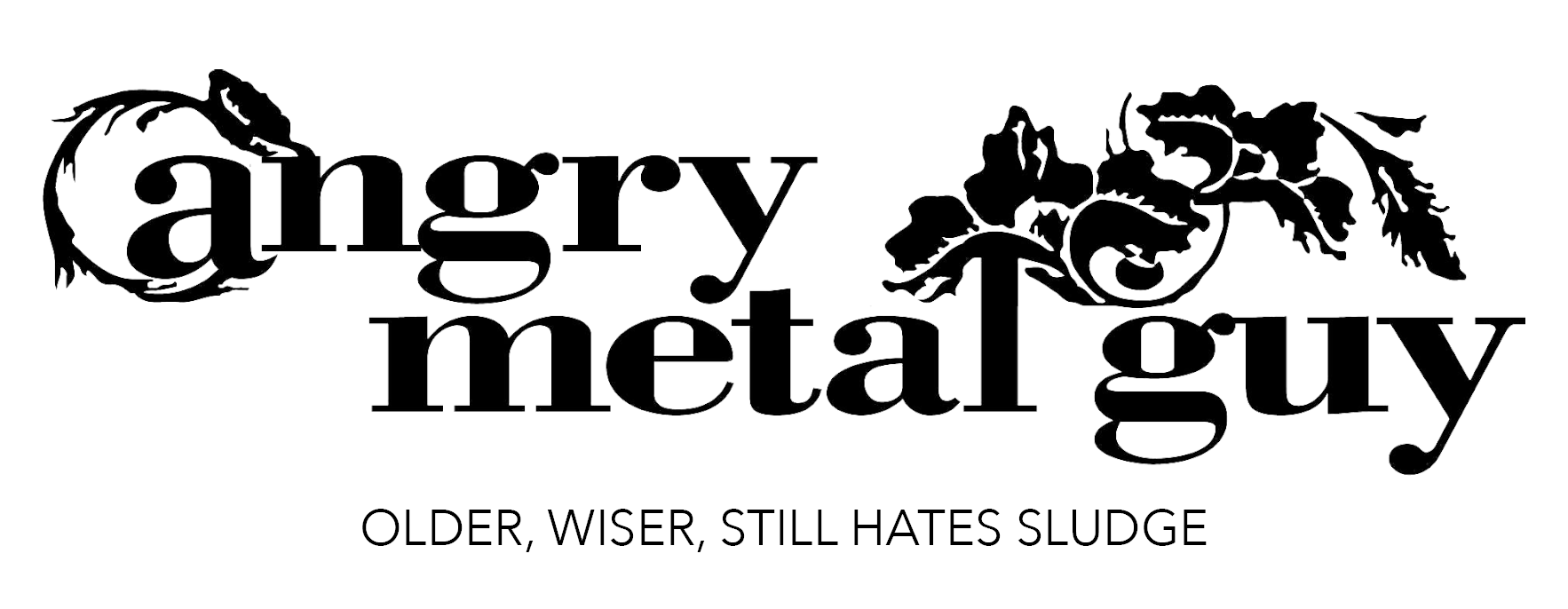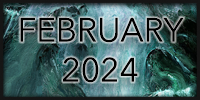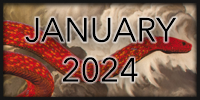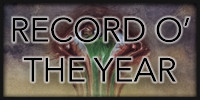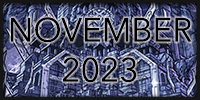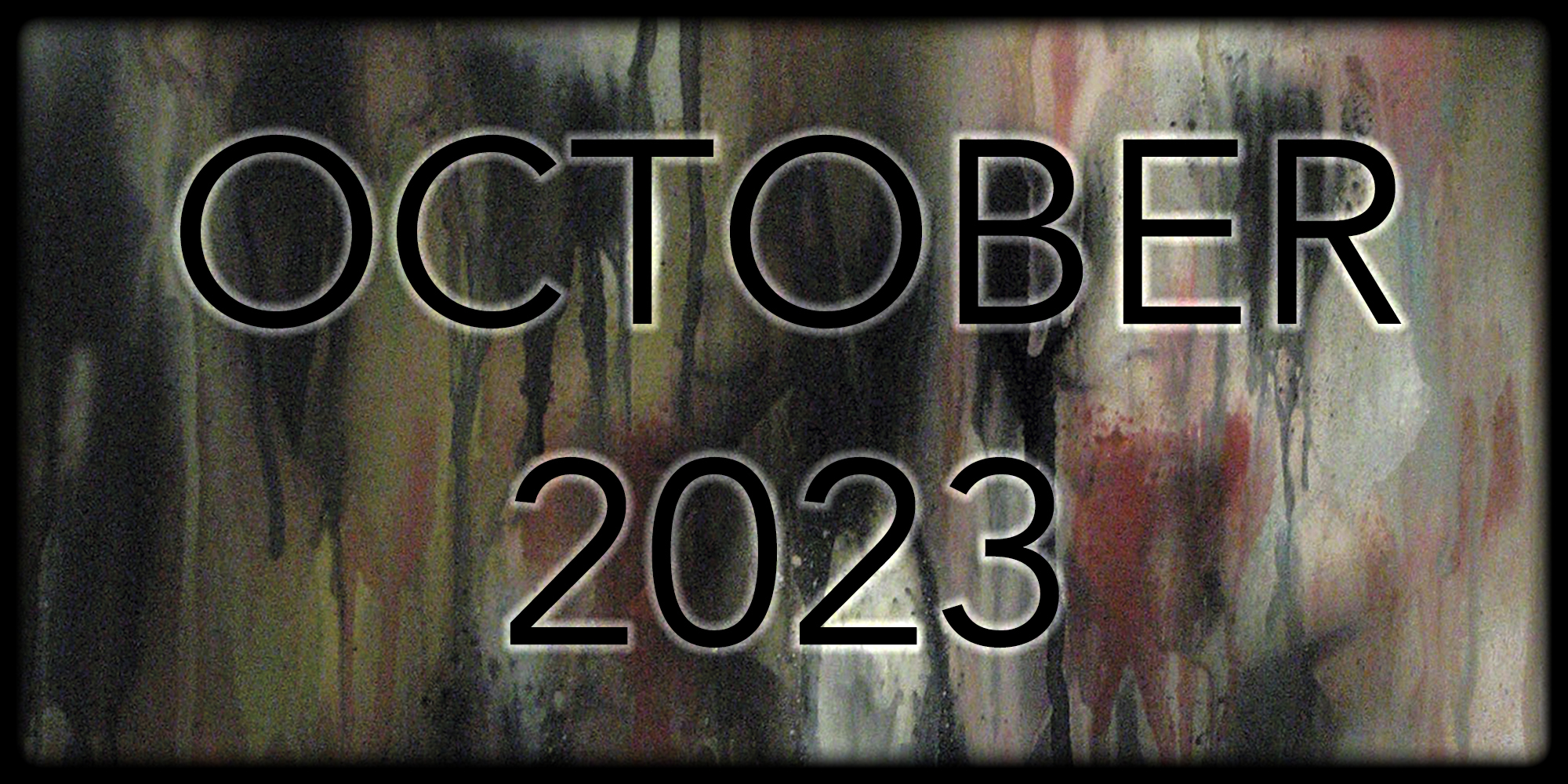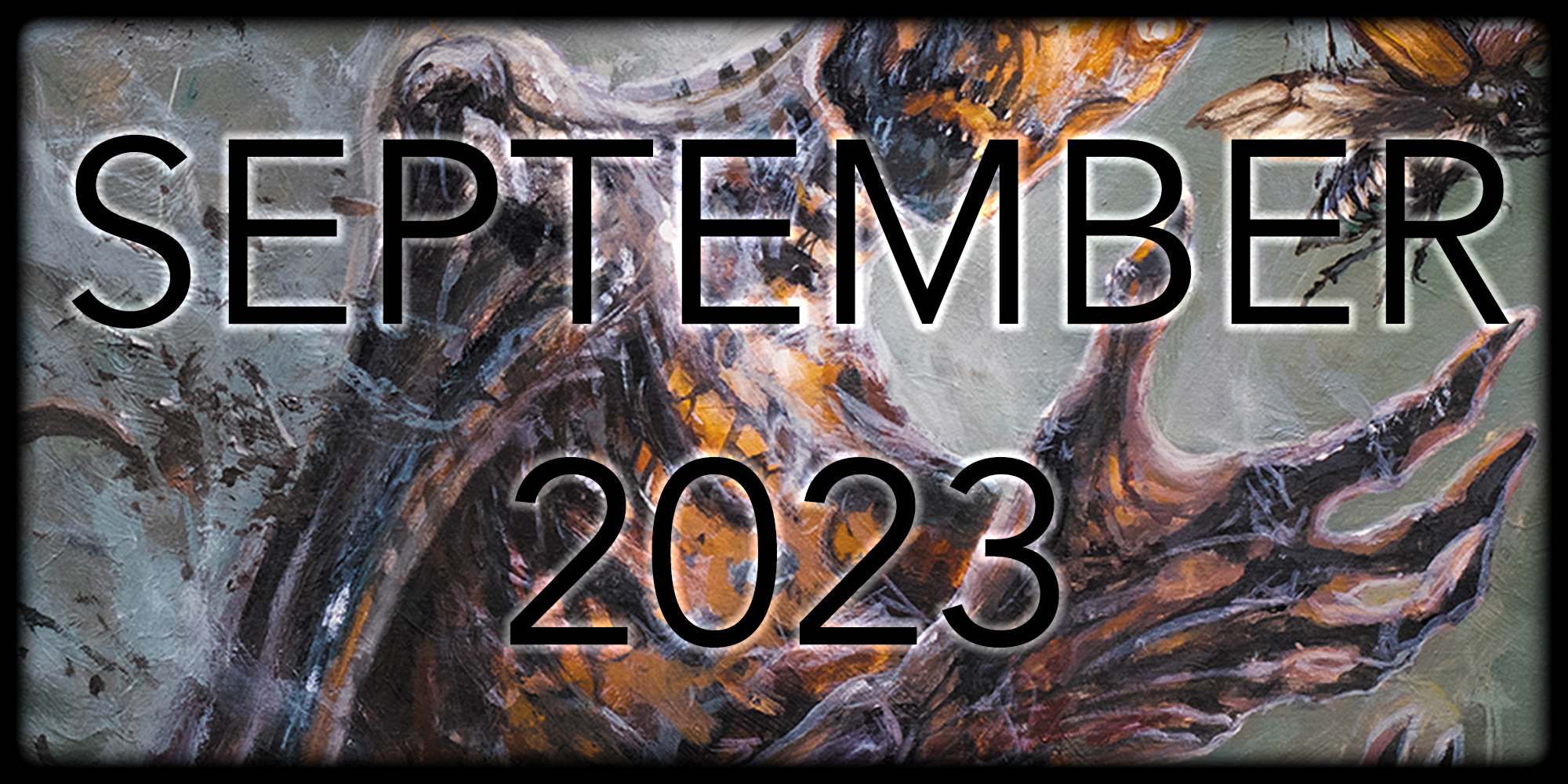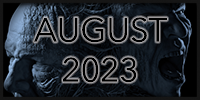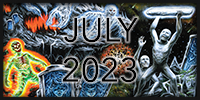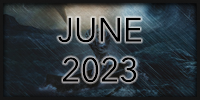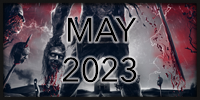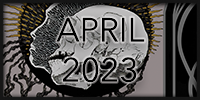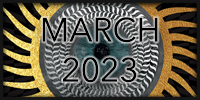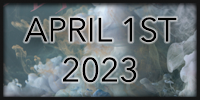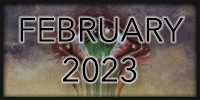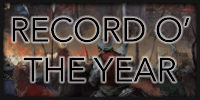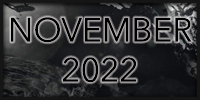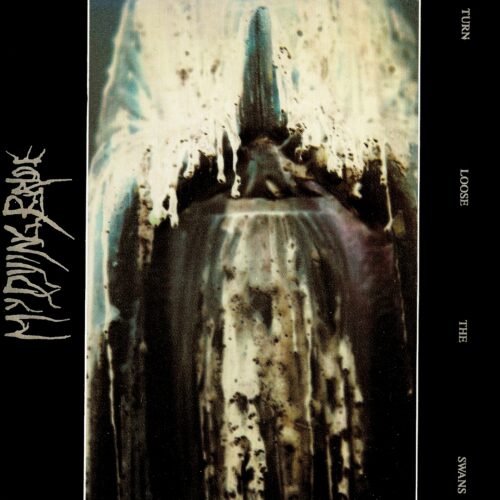 1993 marked a brave time in the realm of heavy metal. It wasn’t unheard of to see a band do a massive about-face musically, in fact, it was oftentimes celebrated not only for the bravery of the act but also because said act blazed new trails for other bands to follow. When many death metal acts like Morbid Angel and Cannibal Corpse were pushing the envelopes in terms of speed, a select group of bands like Cathedral, Paradise Lost, and Halifax, West Yorkshire sextet My Dying Bride were going the opposite route by slowing things down to a crawl. In My Dying Bride’s case, their change was the biggest departure from their debut, As the Flower Withers, just a year prior, but that change resulted in the landmark Turn Loose the Swans, today’s Yer Metal is Olde induction.
1993 marked a brave time in the realm of heavy metal. It wasn’t unheard of to see a band do a massive about-face musically, in fact, it was oftentimes celebrated not only for the bravery of the act but also because said act blazed new trails for other bands to follow. When many death metal acts like Morbid Angel and Cannibal Corpse were pushing the envelopes in terms of speed, a select group of bands like Cathedral, Paradise Lost, and Halifax, West Yorkshire sextet My Dying Bride were going the opposite route by slowing things down to a crawl. In My Dying Bride’s case, their change was the biggest departure from their debut, As the Flower Withers, just a year prior, but that change resulted in the landmark Turn Loose the Swans, today’s Yer Metal is Olde induction.
How much of a change are we talking? Firstly, then-session violist/keyboardist Martin Powell was fully integrated into the band and his contributions played a major part in the development of Turn Loose the Swans’ Gothic sensibilities. The two tracks that bookend the album, “Sear Me MCMXCIII”1 and closer “Black God,” did away with guitars, bass, and drums entirely, featuring Powell’s emotive violins, piano, and mournful atmospherics, as well as Aaron Stainthorpe’s plaintive, heartwrenching singing and evocative spoken word. Speaking of Stainthorpe, his singing would dominate TLtS to the point where this album would be the last to feature his deep growls until The Light at the End of the World.
But the biggest change would lie in the actual presentation of the songs themselves. Beyond Powell’s addition and integration, the riffs and melodies of guitarists Calvin Robertshaw and Andrew Craighan made each song legitimately feel like a journey, with countermelodies and build-ups galore. Yet with each song, save for “Black God,” going north of the seven-minute mark, not once did they drag or outstay their welcome. Longtime live-set mainstay “Your River,” with its music box-like opening, doesn’t warn you of the crushing riffs and various detours within. The title track easily contains the closest ties with the debut, but even then the ten-minute trek showcased major songwriting and musical growth in the timespan of a single year. The epic “The Crown of Sympathy” foreshadowed what would come musically going forward, with more atmosphere and epic builds than thought possible at the time, as well as Rick Miah’s hefty drumming.2
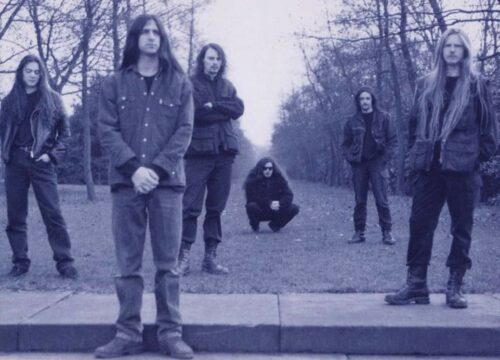
The production also saw a radical departure from As the Flower Withers. My Dying Bride teamed up with Robert “Mags” Magoolagan, and the results were like night and day compared to the smothered debut. Dripping with atmosphere and breathing room, TLtS allowed every instrument to shine, and shine they did for the world to see. Adrian Jackson’s bass, all but inaudible on the debut, became integral at various moments, especially on “Turn Loose the Swans” and “Your River.” Craighan and Robertshaw’s tones contained enough heft and bite without being too overpowering. Powell’s violins, keyboards, and atmospheric flourishes also integrated themselves without overtaking everything around them. So impressed were they with Mags that they would continue to utilize his services up until (and including) 2015’s Feel the Misery and it’s easy to hear why. Why mess with a winning formula?
Needless to say, for the most part, they didn’t. Its immediate follow-up, fellow Olde inductee The Angel and the Dark River, would further see My Dying Bride travel down the Gothic path just two years later. A path that My Dying Bride would remain on until 1998’s controversial 34.788%… Complete until a major line-up change would see the band returning to their Gothic doom/death journey. As they travel towards their fourth decade as a band, they’ve left behind a wealth of beautiful, somber doom metal worthy of everyone’s attention, with more songs of darkness to play, and words of light to pen. So here’s to My Dying Bride’s second induction into the Halls of the Olde.
